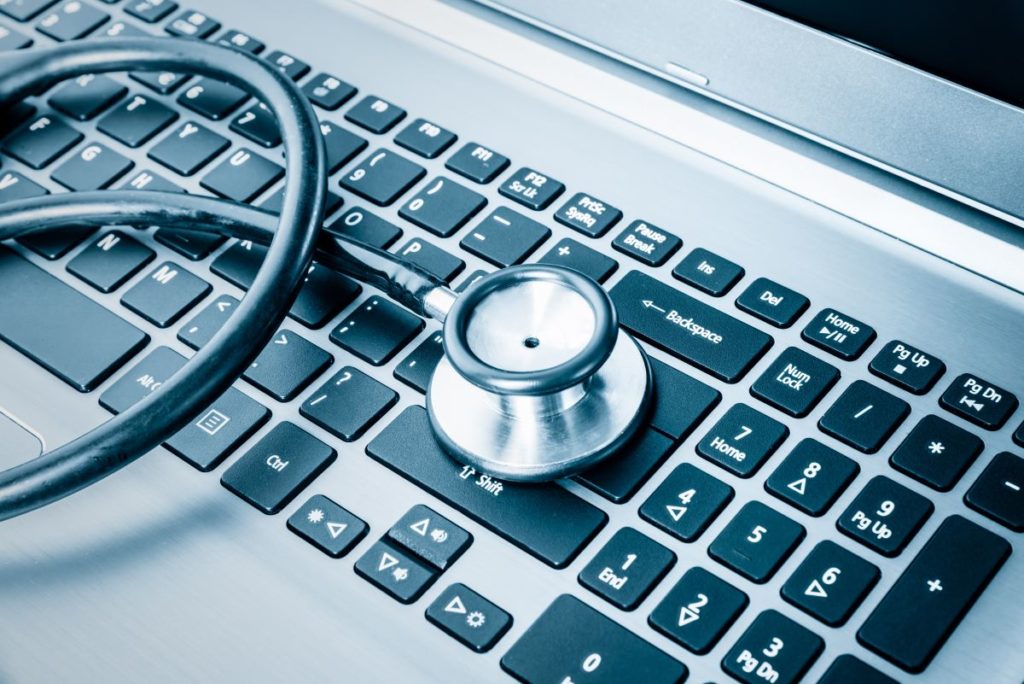The United States has always given priority to the improvement of healthcare in communities. It has made innovations to its healthcare systems to create a sustainable healthcare environment not only for people in cities, towns, and suburbs but also for people living in rural areas. Through the years, many advances have been made to the healthcare system to ensure that people are getting the proper care they need to live a happier and healthier mental and physical well-being.
The rapid increase in healthcare costs, the growing population of aging people, and the mounting occurrences of chronic diseases have been a constant challenge to every country worldwide. Especially in the US, healthcare costs are costly. To address these challenges, innovations in healthcare delivery are required.
Below are some of the many advances made to enhance healthcare delivery through the years.
Going Mobile
The latest technological advances in healthcare have made it possible to provide healthcare to people in need of medical services without them going to a hospital. Mobile integrated healthcare is a program that allows patients to be given medical care in their homes or a mobile environment. It is a needs-based care system offered as an on-demand service and is performed by community paramedics with a background in managing chronic diseases and communicating with patients. Community paramedics can make house calls and serve patients who have not been given proper medical service in the community. They can assist in the screening of patients, vaccination, treatment, and follow-up check-ups to make sure that patients are getting the proper care they need.
Sustainable Healthcare
Many healthcare organizations have recognized sustainable healthcare as a vital aspect in saving the environment. Sustainable healthcare practices keep harmful substances away from the environment. They also help maintain the overall well-being of people in the community by keeping the surroundings clean and free from toxic chemicals that may have resulted from the use of toxic medical supplies or practices. The positive impacts of sustainable healthcare are supported by scientific studies. These impacts include:
- The decrease in environmental health risks
- Reduction of healthcare costs
- Increased resilience of health care systems
Overall, sustainable healthcare can provide several benefits to health workers and patients. It can also improve the health system’s core functions.
New Ways of Delivering Medical Supplies
Studies have been made regarding the use of drones in delivering medical supplies to trauma casualties in austere environments. The results showed success. In 2019, Zipline, a startup operating in Silicon Valley, used drones to deliver medical supplies to rural villages. UPS and Wing, a division of Google’s company, have also been given the approval to do the same. The use of drones as an instrument for medicine deliveries is expected to become a significant part of the medical field in the years to come.
Artificial Intelligence
A branch of computer science that deals with the building and use of smart machines capable of performing tasks usually done by humans, artificial intelligence or AI is now being widely used in the healthcare field. AI is used in automating the many administrative tasks that are required to run the healthcare business. Its use has drastically changed the costs required in the performance of administrative jobs, and it has radically helped healthcare providers to devote more of their time to patient care.
While AI is now being used in the clerical aspect of medical practice, studies are still being made to make it viable for use in the more crucial aspect of healthcare. Some practitioners, though, are already using AI to diagnose certain diseases.

Virtual Reality
Medical practitioners are now finding virtual reality (VR)a significant instrument in improving the healthcare industry’s services. Recently, medical practitioners at George Washington University have used VR to analyze the lung scans of a patient who contracted COVID-19. VR is also now used in surgical training programs and provides nursing students their required supplemental clinical experiences.
According to experts, VR can also be used to provide healthcare to senior patients. Virtual travel, avatar-led chatrooms, and many other virtual activities can be fun and engaging for seniors. The memories they trigger in senior patients are said to be highly therapeutic.
The needs of patients around the world are likely to change the playing ground for medical practitioners in the coming years. To serve each community best, more and more innovations will have to be made to cater to the growing needs of healthcare. This way, the industry can keep up with not only the changing times but also with the changing demand.

